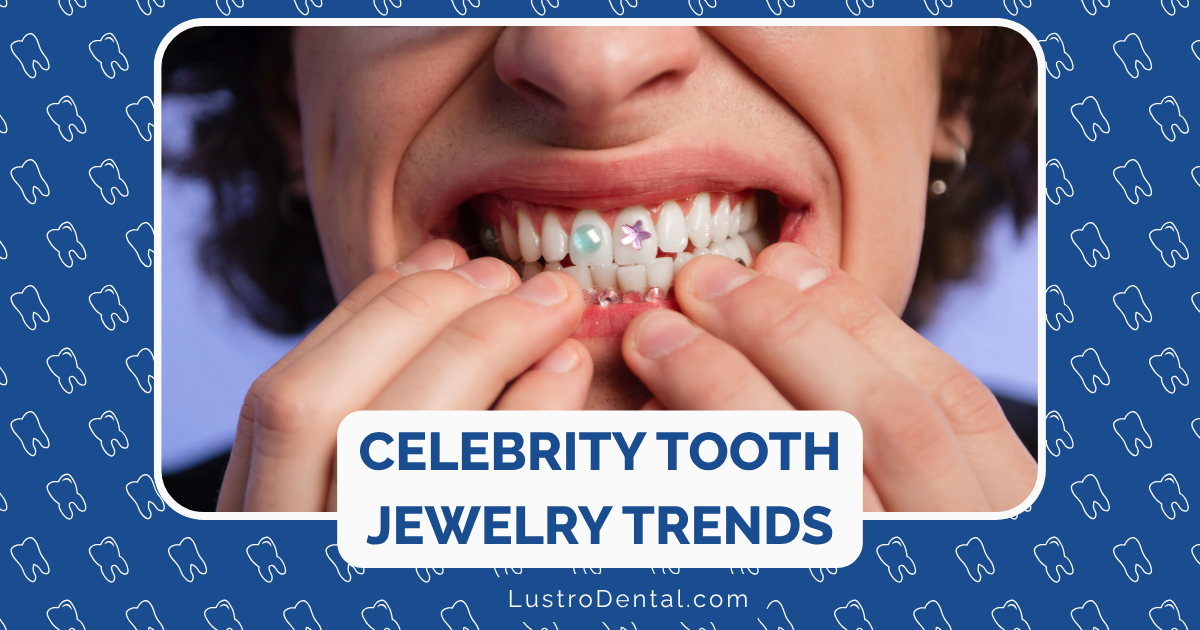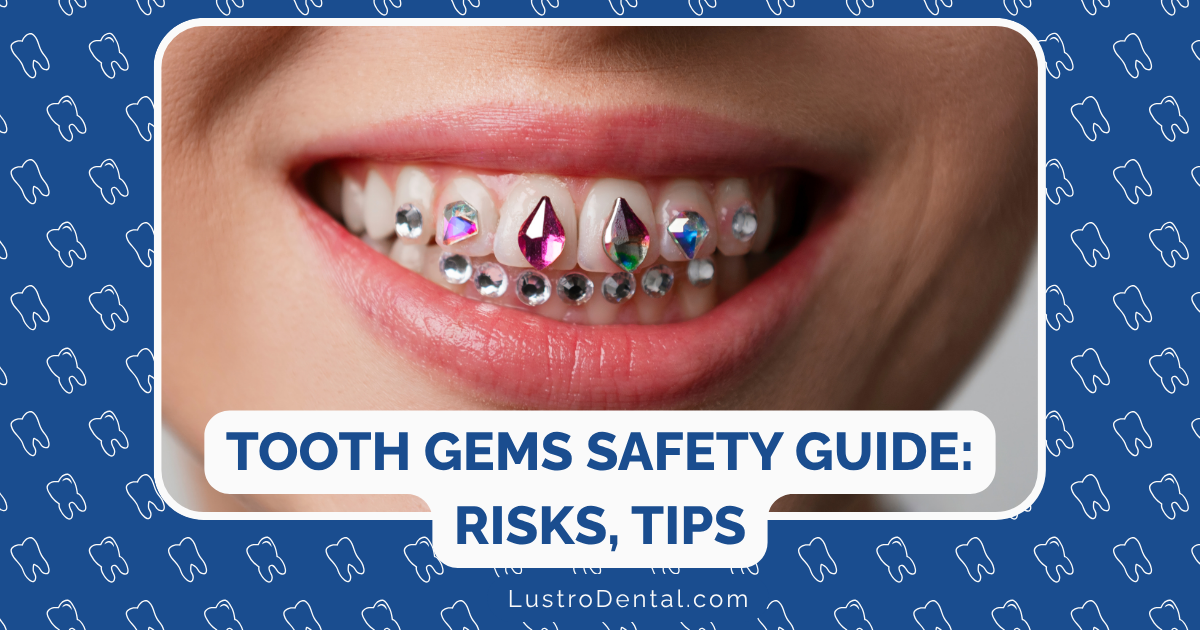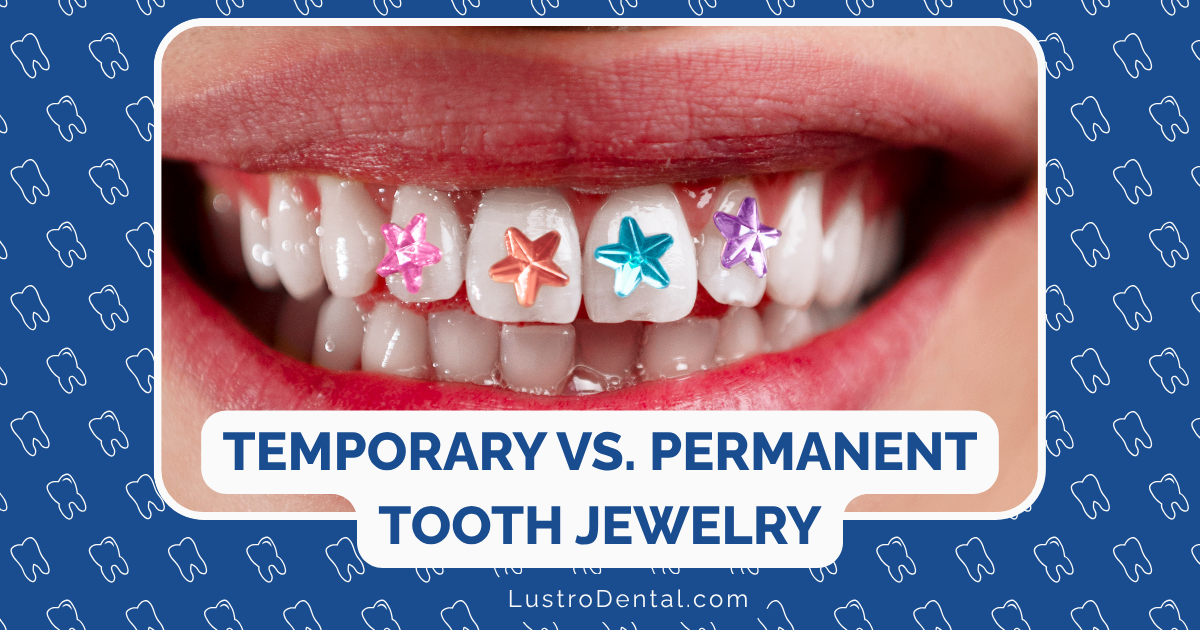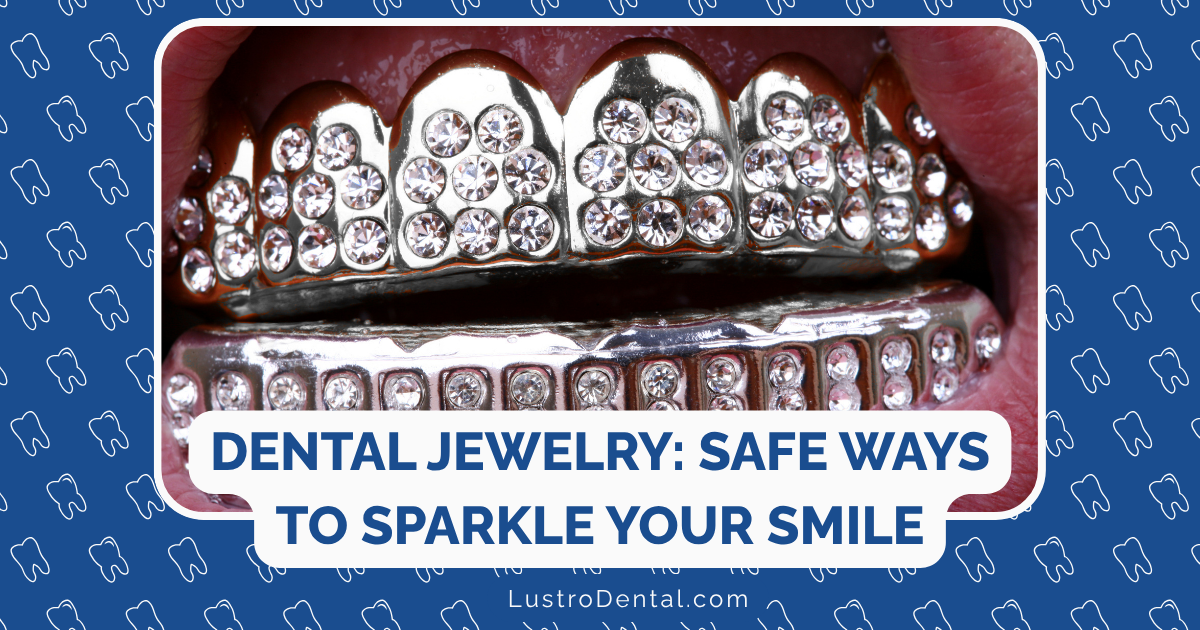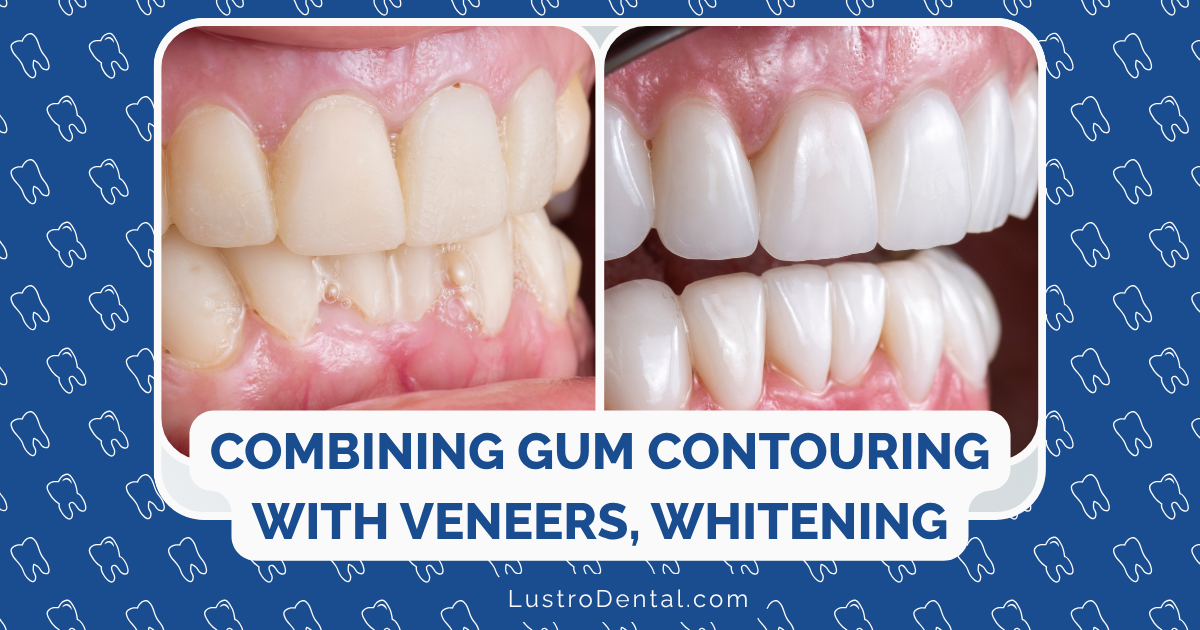Porcelain vs. Composite Veneers: Making the Right Choice for Your Smile
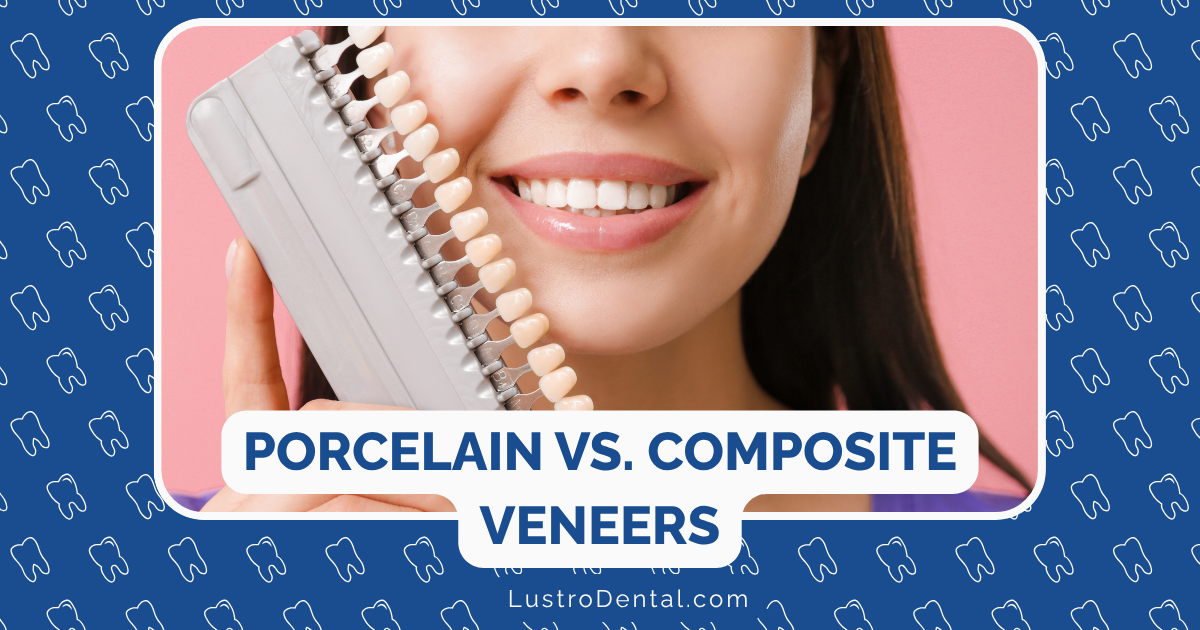
When patients sit in my chair and express interest in veneers, they’re often surprised to learn that they have options. “I thought a veneer was just a veneer,” they’ll say. But the material choice for your veneers—primarily between porcelain and composite veneers—can significantly impact everything from aesthetics to longevity to cost.
Making this decision isn’t just about picking the “best” option, because there isn’t a universal answer. Rather, it’s about finding the right match for your specific needs, priorities, and budget. Let’s explore both options in depth so you can make an informed choice for your smile transformation.
Understanding Veneers: The Basics
Before diving into the comparison, let’s clarify what veneers actually are. Dental veneers are thin shells designed to cover the front surface of teeth, masking imperfections and creating a more aesthetically pleasing smile. They can address a variety of concerns:
- Discoloration resistant to whitening
- Chips or minor fractures
- Small gaps between teeth
- Slight misalignment
- Irregularly shaped teeth
- Worn enamel
Now, let’s examine the two primary materials used for veneers:
Porcelain Veneers: The Premium Option
Porcelain veneers are custom-crafted in a dental laboratory from high-grade ceramic material. They’ve long been considered the gold standard in cosmetic dentistry, and for good reason.
The Porcelain Advantage
1. Superior Aesthetics
Porcelain possesses light-reflecting properties remarkably similar to natural tooth enamel. This translucency creates the most lifelike appearance, with depth and dimension that’s difficult to distinguish from natural teeth.
Dr. Amanda Johnson, a cosmetic dentistry specialist at the American Academy of Cosmetic Dentistry, notes: “The way porcelain interacts with light creates that coveted ‘from within’ luminosity that patients often describe as their natural teeth, just better.”
2. Exceptional Durability
With proper care, porcelain veneers typically last 10-15 years, and many patients enjoy them for 20+ years. Their strength makes them resistant to the normal forces of chewing and biting.
A 2023 longitudinal study published in the Journal of Prosthetic Dentistry found that porcelain veneers had a 94.4% survival rate after 10 years, demonstrating their impressive longevity.
3. Stain Resistance
Porcelain is non-porous and highly resistant to staining. Coffee, tea, red wine, and other common staining agents that would discolor natural teeth or composite veneers have minimal effect on porcelain.
4. Biocompatibility
Porcelain is exceptionally compatible with gum tissue, rarely causing irritation or inflammation. This makes it an excellent choice for patients with sensitive gums or those prone to gingival issues.
The Porcelain Considerations
1. Higher Investment
Porcelain veneers typically range from $925 to $2,500 per tooth, making them a significant financial investment. However, when calculated over their lifespan, many patients find them cost-effective in the long run.
2. More Invasive Procedure
The application of porcelain veneers usually requires removing a thin layer of enamel (about 0.5mm) to accommodate the veneer without making the tooth appear bulky. This makes the procedure irreversible.
3. Multiple Appointments
The process typically requires at least two appointments: one for preparation and impressions, and another for placement after the lab creates your custom veneers (usually 1-2 weeks later).
4. Less Repairable
If a porcelain veneer chips or cracks, it generally requires complete replacement rather than repair.
Composite Veneers: The Accessible Alternative
Composite veneers are created using a tooth-colored resin material that’s applied directly to the teeth and sculpted by your dentist in a single visit.
The Composite Advantage
1. Cost-Effectiveness
Composite veneers typically cost between $400 and $1,500 per tooth—roughly half the price of porcelain. This makes smile transformation more accessible for patients with budget constraints.
2. Single-Visit Application
Most composite veneers can be completed in just one dental visit, as they don’t require laboratory fabrication. Your dentist applies the resin directly to your teeth, shapes it, and hardens it with a special light.
3. Minimally Invasive
Composite veneers often require little to no removal of natural tooth structure, making them a more conservative option. In some cases, they can be applied with no preparation at all.
4. Repairability
If a composite veneer chips or breaks, it can often be repaired rather than completely replaced, saving both time and money.
5. Reversibility
Because they typically require minimal to no enamel removal, composite veneers are sometimes reversible, offering a trial option for patients uncertain about permanent cosmetic changes.
The Composite Considerations
1. Shorter Lifespan
Composite veneers typically last 5-7 years before needing replacement, about half the lifespan of porcelain veneers.
2. Susceptibility to Staining
The resin material is more porous than porcelain, making composite veneers more prone to staining from coffee, tea, red wine, and tobacco.
3. Less Natural Appearance
While modern composites can look quite natural, they lack the translucency and light-reflecting properties of porcelain, potentially appearing slightly more opaque or flat.
4. Vulnerability to Wear
Composite is softer than porcelain and more susceptible to chipping, wearing down, or developing rough edges over time.
Side-by-Side Comparison: Making Your Decision Easier
To help you visualize the differences, here’s a direct comparison of key factors:
| Factor | Porcelain Veneers | Composite Veneers |
| Cost | $925-$2,500 per tooth | $400-$1,500 per tooth |
| Longevity | 10-15+ years | 5-7 years |
| Appointments | Typically 2-3 visits | Usually single visit |
| Invasiveness | Requires enamel removal | Minimal to no enamel removal |
| Appearance | Highly natural, translucent | Good but less translucent |
| Stain Resistance | Excellent | Moderate to poor |
| Repairability | Must be replaced if damaged | Can often be repaired |
| Reversibility | Not reversible | Sometimes reversible |
The Patient Experience: What to Expect
Beyond the technical aspects, many patients want to know about the actual experience of getting and living with each type of veneer.
Porcelain Veneer Experience
The Procedure
- Consultation and Planning: Digital imaging and shade selection to design your smile
- Preparation: Removal of a small amount of enamel and impressions taken
- Temporary Veneers: Worn while permanent veneers are fabricated
- Placement: Custom veneers bonded to teeth in a second appointment
Most patients report minimal discomfort during the procedure, which is typically performed under local anesthesia. Dr. Michael Roberts of the American Dental Association notes that “most patients are surprised by how comfortable the process is, with many requiring only over-the-counter pain relievers, if anything, after the procedure.”
Living With Porcelain Veneers
Patients with porcelain veneers generally report high satisfaction with both appearance and function. A 2024 patient satisfaction survey found that 93% of porcelain veneer recipients rated their satisfaction as “excellent” or “very good” after five years.
Some patients experience minor sensitivity for the first few days, but this typically resolves quickly. Maintenance is straightforward—regular brushing, flossing, and dental check-ups are sufficient, with no special products required.
Composite Veneer Experience
The Procedure
- Consultation and Planning: Shade selection and treatment planning
- Minimal Preparation: Little to no enamel removal
- Application: Direct application of composite material, shaping, and polishing
- Immediate Results: No temporaries or second appointment needed
The composite procedure is generally very comfortable, with many patients not requiring any anesthesia. The immediate results can be particularly satisfying for patients eager to see their transformation.
Living With Composite Veneers
While initially very satisfied, some composite veneer patients report decreasing satisfaction over time as staining or wear becomes noticeable. Regular polishing during dental check-ups can help maintain their appearance.
Maintenance requires a bit more diligence—limiting staining substances, using non-abrasive toothpaste, and potentially more frequent professional cleanings to maintain appearance.
Who Is the Ideal Candidate for Each Option?
Porcelain Veneers May Be Right for You If:
- You’re seeking a long-term solution with maximum durability
- Natural-looking aesthetics are your top priority
- You don’t mind a higher upfront investment for longer-lasting results
- Stain resistance is important to you (coffee/tea/wine enthusiasts)
- You’re committed to the permanent nature of the treatment
Composite Veneers May Be Right for You If:
- Budget considerations are a significant factor
- You prefer a less invasive or potentially reversible option
- You need a quick solution (perhaps for an upcoming event)
- You’re testing the waters of cosmetic dentistry before committing to porcelain
- You’re younger and may want different options in the future
Maintenance Requirements: Caring for Your Investment
Regardless of which type you choose, proper maintenance is essential for maximizing the lifespan of your veneers.
For Both Types:
- Brush twice daily with a non-abrasive toothpaste
- Floss daily to maintain gum health
- Attend regular dental check-ups and cleanings
- Avoid using teeth as tools (opening packages, biting nails)
- Consider a night guard if you grind your teeth
Additional Care for Composite Veneers:
- Limit consumption of staining foods and beverages
- Rinse mouth after consuming potential staining agents
- Consider more frequent professional polishing
- Be particularly careful with hard foods
Emerging Trends: What’s New in Veneer Technology for 2025
The field of cosmetic dentistry continues to evolve, with several exciting developments in veneer technology:
1. Ultra-Thin Porcelain Options
Newer porcelain formulations allow for thinner veneers (as thin as 0.3mm) that require less tooth preparation while maintaining durability. These “minimal-prep” porcelain veneers offer a middle ground between traditional porcelain and composite options.
2. Improved Composite Materials
Advanced composite formulations are addressing traditional weaknesses, with enhanced stain resistance and durability. Some newer composites incorporate nanoparticle technology to improve strength and aesthetics.
3. Digital Design and Fabrication
Computer-aided design and manufacturing (CAD/CAM) technologies are improving the precision and customization of veneers, particularly porcelain ones, allowing for more natural results and better fit.
Making Your Final Decision: Questions to Ask Your Dentist
To help determine which option is truly best for your specific situation, consider asking your dentist these questions:
- Based on my specific concerns and goals, which material would you recommend and why?
- Can you show me before-and-after photos of patients with both types of veneers?
- Given my lifestyle and habits, which option would likely last longer for me personally?
- What would the exact cost difference be in my case?
- Are there any specific risks or considerations for my particular dental situation?
- Could I benefit from a hybrid approach, using different materials for different teeth?
Beyond Material: The Importance of Artistic Skill
While the material choice is important, equally crucial is the skill and artistic eye of the dentist creating your veneers. Dr. Lisa Martinez, a renowned cosmetic dentist, emphasizes: “The most beautiful veneer material in the world won’t create a natural result without proper design, preparation, and placement. Always prioritize finding an experienced cosmetic dentist with extensive veneer training and an impressive portfolio.”
The American Academy of Cosmetic Dentistry recommends reviewing before-and-after photos of a dentist’s actual patients before proceeding with treatment.
Conclusion: There’s No One-Size-Fits-All Answer
The “right” choice between porcelain and composite veneers isn’t universal—it depends entirely on your unique combination of:
- Aesthetic goals
- Budget considerations
- Timeline needs
- Comfort with invasiveness
- Lifestyle factors
- Long-term expectations
Many patients find that the higher upfront investment in porcelain veneers pays off in longevity, durability, and aesthetic superiority. Others appreciate the accessibility, minimal invasiveness, and flexibility of composite veneers.
Some even opt for a hybrid approach—perhaps using porcelain for the most visible front teeth and composite for less noticeable areas.
What matters most is making an informed decision that aligns with your priorities and expectations, guided by an experienced cosmetic dentist who can help you weigh all factors relevant to your specific situation.
Your perfect smile is deeply personal—and so is the path to achieving it.
Have you had experience with either porcelain or composite veneers? What factors influenced your decision? Share your experience in the comments below!


